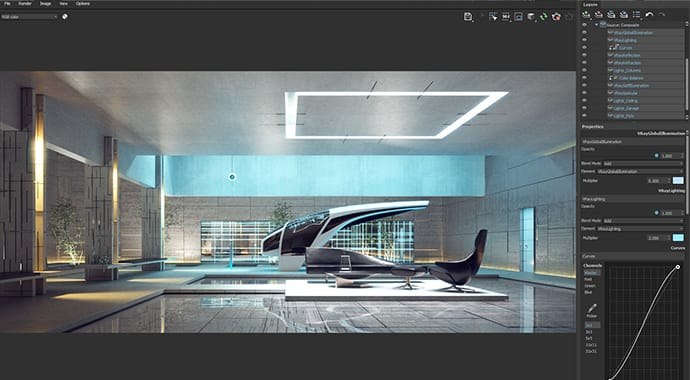
It is so easy to learn, but so powerful in enhancing workflows to be more efficient and streamlined, especially for animation. This new section goes over all the basics of Chaos Vantage (all the settings) and culminates with a demonstration of how archviz artists can use it to quickly and easily animate their projects. The tree models are FBX files exported from the SpeedTree Modeler and imported via our V-Ray script (the materials are unmodified after that process in this rendering).*Course Updates 02/2023 - An entire new section added:Ĭhaos Vantage | Easily turn any rendering into a professional level animation The image above was rendered in 3ds Max using V-Ray, a V-Ray sun as the only light source, and a V-Ray physical camera. The export/import process is detailed in the “SpeedTree Pipeline” segment of the documentation organized by the DCC app you are using. V-Ray support arrives with version 6.2.3 of SpeedTree Cinema, SpeedTree Studio, and our new product, SpeedTree Architect. Even if you want to modify the materials further, the script at least saves a lot of time in the initial setup - and it can be modified to setup the V-Ray materials however you’d like. Scalars to conveniently control the amount of bump, specular, and translucency on each objectĪll of that has been there for Mental Ray users in 3ds Max and Maya and now V-Ray users benefit as well.

Maps assigned (and modified where necessary) to match SpeedTree’s light scattering technique using V-Ray’s translucency.Maps assigned (and modified where necessary) to match SpeedTree’s specular reflections.Composite materials created to implement branch intersection blending in both the color and bump channels.Diffuse and detail maps assigned and mapped correctly (including detail map clamping).That may seem like a small thing on first glance but here’s what you get automatically when you import our FBX files with our import scripts for V-Ray: And now those scripts support V-Ray as well. It was via import scripts that we prepared SpeedTree models for rendering with Mental Ray. We’ve addressed this in SpeedTree by writing out native formats when we can (like C4D files for Cinema 4D users or 3DM files for Rhino users) and creating import scripts when we can’t. What’s more, that effort is typically repeated each time you import a model. Getting the materials correct for your particular renderer requires a significant effort. This is no small feat - it isn’t enough to simply export an OBJ or FBX file and say you’re done. One of the main challenges of developing a standalone modeling app is making sure it fits in with as many modeling and rendering pipelines as it can.


 0 kommentar(er)
0 kommentar(er)
